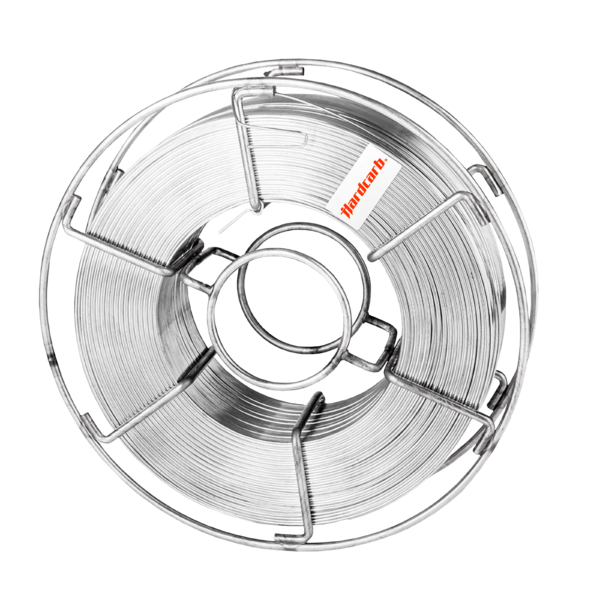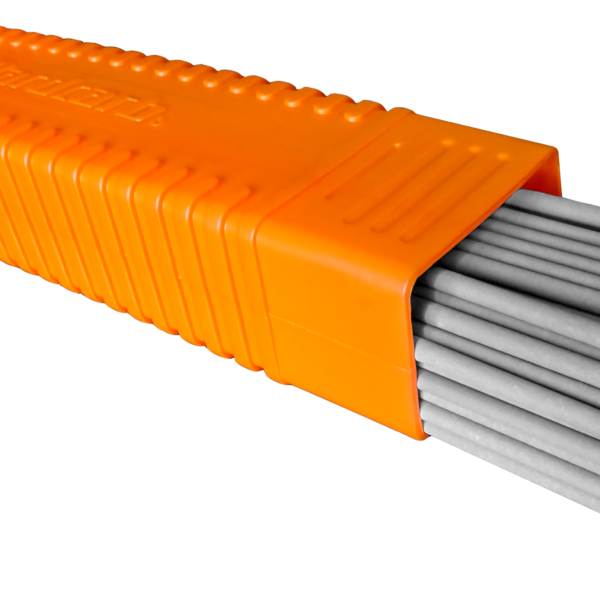- Home
- Main Catalog
- Metal-to-Metal wear
- Cold wear
- Hardcarb MM40
Hardcarb MM40


Iron base hardfacing alloy suitable for hardfacing and rebuilding components subject to metal-to-metal adhesive wear with heavy impacts. The weld deposit is martensitic with good toughness, medium abrasion resistance and is designed for all weldable steels other than austenitic stainless or manganese steels. The deposit is crack-free, heat treatable and forgeable.
Weld deposit characteristics:
The tough martensitic weld metal is resistant to medium adhesive wear and heavy shocks. The deposit is crack-free, heat treatable and forgeable. The alloy can be annealed without changing the structure of the deposit.
Deposits are within machinable range using metal-cutting tools.
Recommended uses and applications
» for heavy build up and as a cushion layer on crane wheels
» crawler tractor rollers and idlers
» railroad frogs and switch points
» mine car wheels
» shovel track pad, stacker wheels
» cable drums, cable sheaves
» conveyor screws
» tool-joints
Additional info
Anti-wear suitability
| Metal-to-Metal friction Metal surfaces in relative motion forced into contact with or without lubricant. Degradation by the formation of micro-welds between the contacting surfaces. | Highly suitable |
| High pressure abrasion Wear by relative movement under pressure of mineral particles of suitable hardness, shape and texture to remove material from the metal surface, leaving superficial deformation. | Highly suitable |
| Cavitation Tearing out of grains from the metal surface by the formation and implosion of bubbles in a liquid in rapid motion. | - |
| Mechanical fatigue Fatigue and formation of cracks in surface regions due to tribological stress cycles that result in the separation of material. | - |
| Thermal fatigue Cyclic exposure to high temperatures leading to permanent deformation by alternate expansion and contraction. Alteration of the structure and properties of the material. | - |
| Hot oxidation Creation of a poorly adhering oxide layer that reforms constantly. Degradation by loss of material thickness. | - |
Workability
| Work hardening Work hardening is the process of making a metal harder and stronger through plastic deformation. When a metal is plastically deformed, dislocations move and additional dislocations are generated. | |
| Edge retention Suitability for creating sharp edges and retaining them during operation. | |
| Machining Machinability is the ease with which a metal can be cut (machined) permitting the removal of the material with a satisfactory finish at low cost. | Not possible. Only grinding possible. |
Mechanical properties
| Yield strength | - |
| Tensile strength | - |
| Elongation A5 | - |
| Impact strength | - |